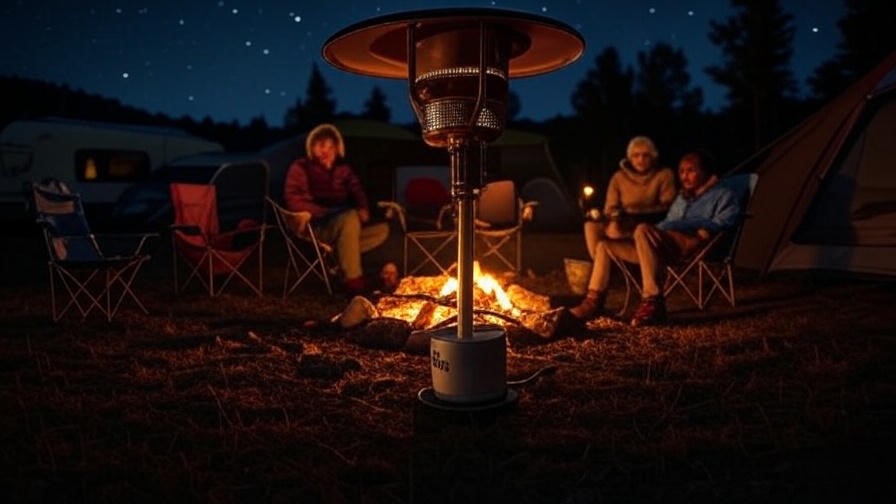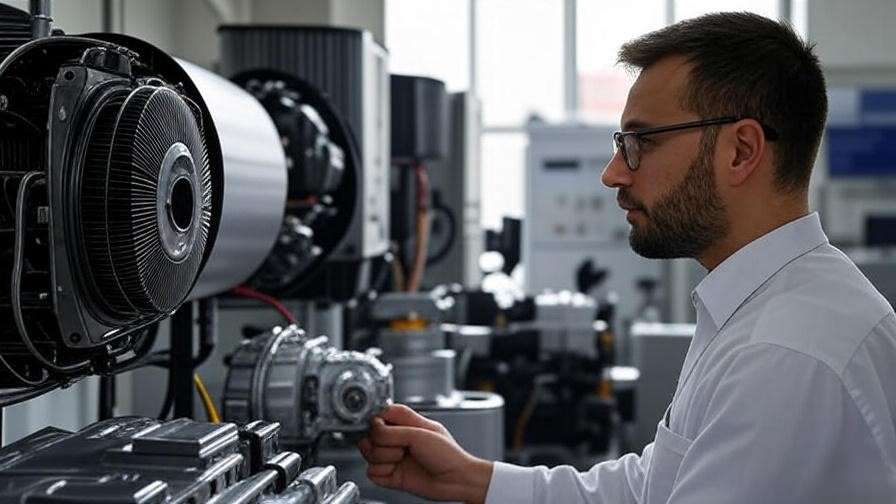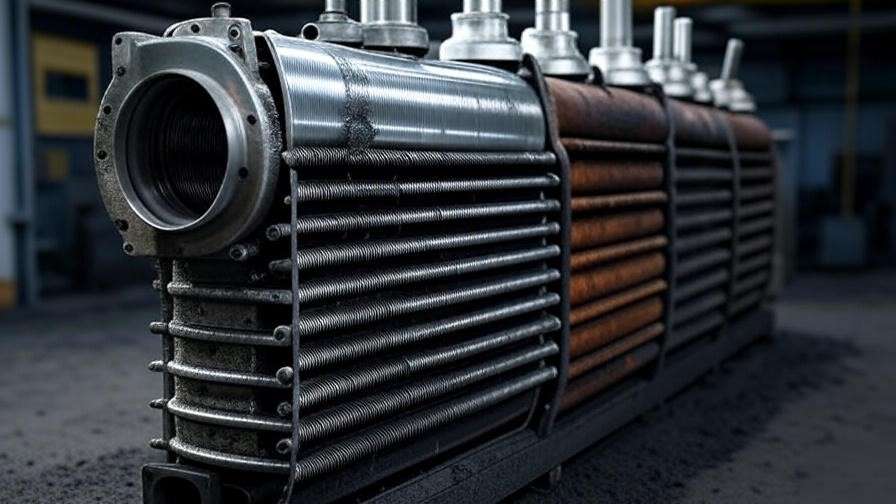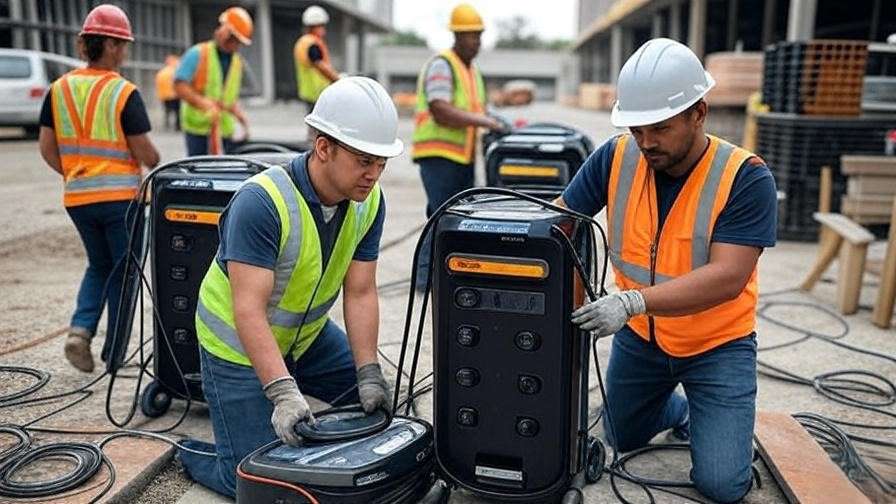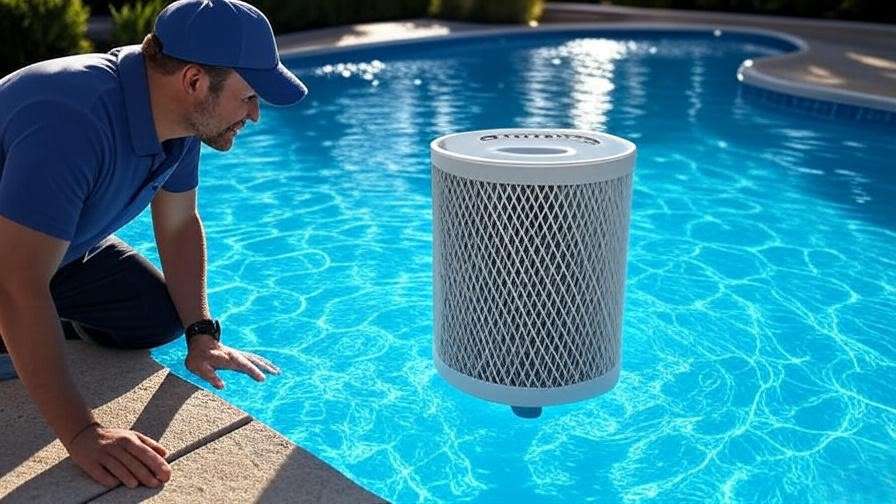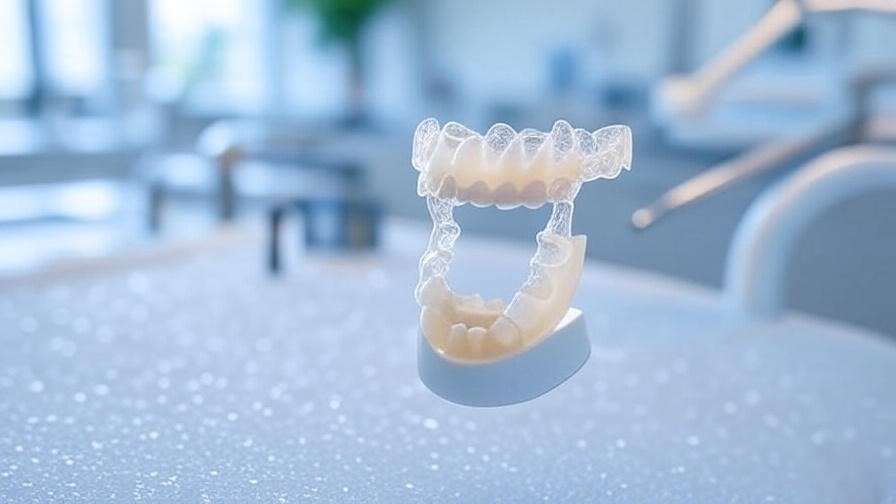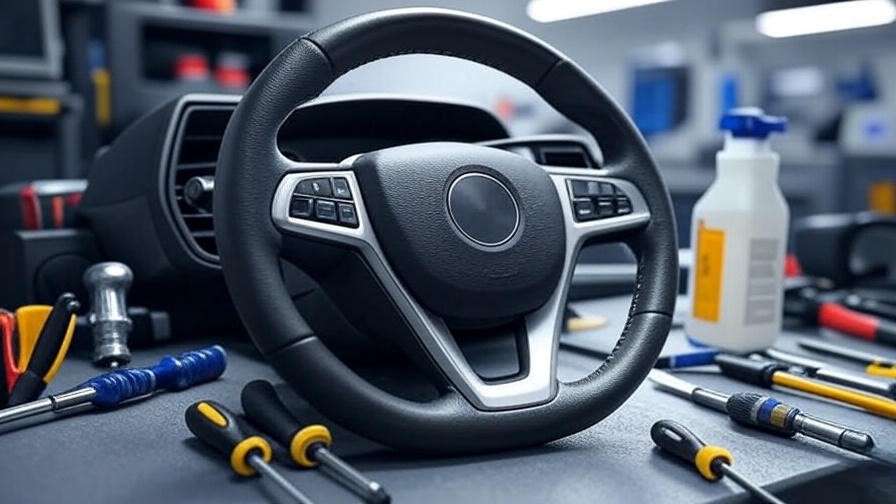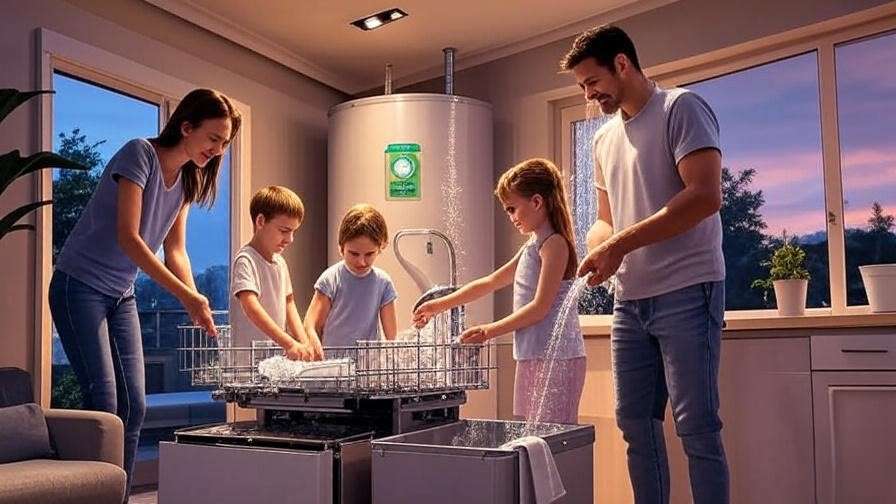Picture this: You’re deep in the wilderness, the stars overhead, a chilly breeze cutting through your campsite. All you want is a hot shower or a steaming cup of tea to cap off the day. Enter the portable water heater—a game-changer for adventurers, off-grid dwellers, and anyone needing hot water on demand. These compact, efficient devices bring warmth and comfort to remote locations, tiny homes, or emergency situations without the bulk of traditional systems. In this comprehensive guide, we explore the top 10 portable water heaters of 2025, offering expert insights, detailed comparisons, and practical tips to help you choose the perfect model for your needs. Whether you’re camping, RVing, or preparing for power outages, this article will empower you with the knowledge to stay warm and comfortable.
What Is a Portable Water Heater and Why Do You Need One?
Definition and Core Functionality
A portable water heater is a compact, lightweight device designed to heat water without requiring a permanent installation. Unlike traditional water heaters, which rely on large tanks and fixed plumbing, these units are built for mobility and versatility. They typically feature heating elements (electric coils or gas burners), a water inlet/outlet system, and a power source, all housed in a portable design. Tankless models heat water on demand, while tank-based units store a small volume of preheated water, making them ideal for various applications.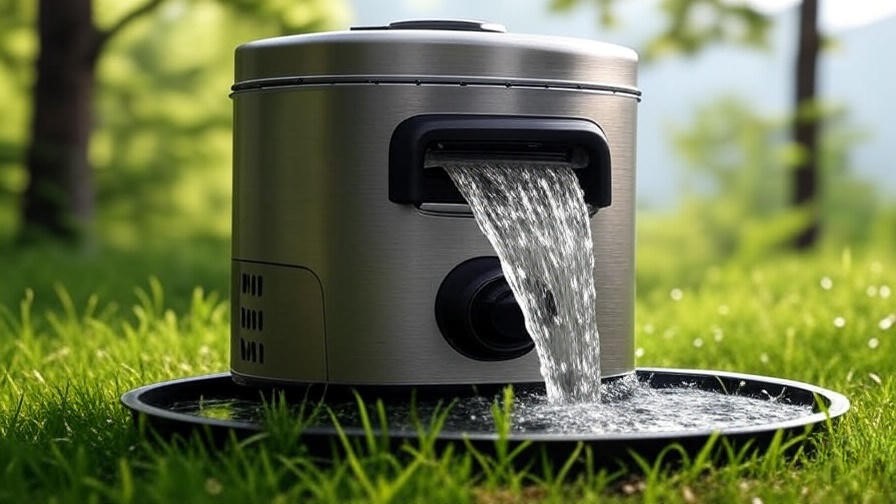
Common Use Cases
Portable water heaters shine in scenarios where traditional water heating isn’t feasible:
- Camping and RVing: Provide hot showers or dishwashing water on outdoor adventures.
- Off-Grid Living: Support tiny homes, cabins, or remote homesteads without access to utilities.
- Emergency Preparedness: Deliver hot water during power outages or disaster relief efforts.
- Small Spaces: Offer a practical solution for apartments or dorms lacking built-in water heaters.
Benefits of Portability
The appeal of portable water heaters lies in their flexibility:
- Lightweight Design: Most models weigh under 20 pounds, making them easy to carry or pack.
- Versatile Power Options: Choose from electric, propane, solar, or battery-powered units to suit your environment.
- Cost-Effective: They’re often more affordable than installing a full-scale water heating system, with lower energy consumption for small-scale use.
How Portable Water Heaters Work
Core Technologies
Portable water heaters come in two primary types:
- Tankless: These units heat water instantly as it flows through the device, using high-powered heating elements or burners. They’re ideal for continuous hot water needs but require a steady power source.
- Tank-Based: These store a small volume (1–5 gallons) of preheated water, suitable for intermittent use but less compact than tankless models.
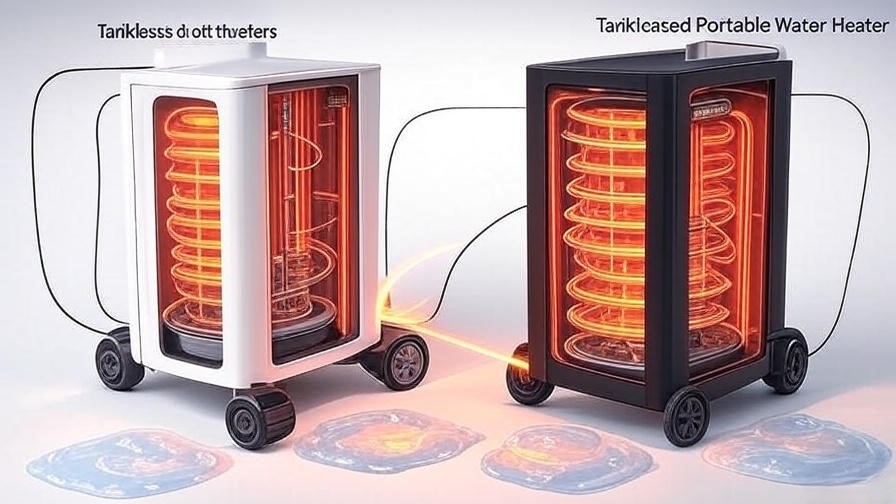
The heating mechanism varies by model—electric coils for plug-in units, propane burners for gas-powered ones, or hybrid systems combining multiple energy sources.
Energy Sources
- Electric: Clean and easy to use, electric portable water heaters plug into standard outlets or generators. However, they’re limited by access to electricity, making them less ideal for remote settings.
- Propane/Gas: These offer high efficiency and work in off-grid environments but require proper ventilation to avoid carbon monoxide risks.
- Solar/Battery: Emerging eco-friendly options use solar panels or rechargeable batteries, perfect for sustainable off-grid setups, though they may have lower heating capacities.
Key Performance Metrics
When evaluating portable water heaters, focus on:
- Flow Rate (GPM): Measures how much hot water the unit delivers per minute (typically 1–4 GPM for portable models).
- Temperature Rise: The ability to heat water to a desired temperature above the input water’s temperature (e.g., a 40°F rise to reach 110°F).
- Energy Efficiency: Look for high Energy Factor (EF) ratings to minimize power consumption.
Top 10 Portable Water Heaters for 2025
Methodology for Selection
Our list is based on rigorous criteria: energy efficiency, portability, durability, user reviews, and technological innovation. We’ve consulted mechanical engineering standards, analyzed consumer feedback from platforms like Amazon and camping forums, and reviewed manufacturer specifications to ensure accuracy and trustworthiness.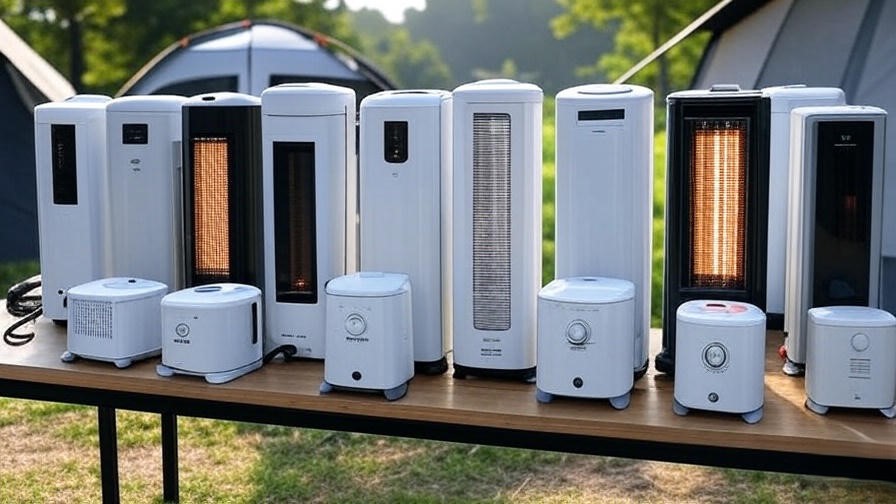
1. EcoTemp EL22 – Best Overall
- Key Features: 4.0 GPM flow rate, electric tankless design, digital temperature control, weighs 12 lbs.
- Best For: Camping and RVing due to its high output and compact size.
- Pros: Fast heating, precise temperature settings, energy-efficient (0.95 EF).
- Cons: Requires a 240V outlet, less ideal for off-grid use without a generator.
- Price Range: $250–$300.
- Where to Buy: Available on Amazon, REI, or EcoTemp’s official website.
2. Camplux Pro 10L – Best for Off-Grid Living
- Key Features: 2.6 GPM, propane-powered, battery ignition, rugged stainless steel build.
- Best For: Tiny homes and remote cabins with no electricity.
- Pros: High portability (10 lbs), reliable in cold climates, easy setup.
- Cons: Requires propane tanks and proper ventilation.
- Price Range: $180–$220.
- Where to Buy: Amazon, Walmart, or Camplux’s website.
3. Bosch Tronic 3000 – Best Compact Electric
- Key Features: 1.5 GPM, ultra-compact (8 lbs), 110V plug-in, ideal for small spaces.
- Best For: Apartments or single-person camping.
- Pros: Easy to use, affordable, low power draw.
- Cons: Limited flow rate for larger groups.
- Price Range: $150–$190.
- Where to Buy: Home Depot, Amazon, or Bosch’s website.
4. Rheem RTEX-04 – Best Budget Option
- Key Features: 1.0 GPM, electric tankless, lightweight (6 lbs), low-cost.
- Best For: Budget-conscious campers or emergency use.
- Pros: Affordable, simple design, reliable for small tasks.
- Cons: Low flow rate, not suitable for heavy use.
- Price Range: $100–$130.
- Where to Buy: Amazon, Rheem’s website.
5. Hike Crew 5L – Best Tank-Based
- Key Features: 5-gallon tank, propane-powered, 15 lbs, built-in pump.
- Best For: Group camping with intermittent hot water needs.
- Pros: Stores hot water, easy to use, durable.
- Cons: Bulkier than tankless models.
- Price Range: $200–$250.
- Where to Buy: Amazon, Camping World.
6. Stiebel Eltron Mini 3 – Best for Small Spaces
- Key Features: 0.5 GPM, ultra-small electric unit (5 lbs), plug-and-play.
- Best For: Dorm rooms or tiny apartments.
- Pros: Minimalist design, low energy use.
- Cons: Very low flow rate, not for heavy-duty tasks.
- Price Range: $120–$160.
- Where to Buy: Amazon, Stiebel Eltron’s website.
7. Geyser Systems Portable – Best for Eco-Conscious Users
- Key Features: 0.8 GPM, battery-powered, solar-compatible, 9 lbs.
- Best For: Eco-friendly off-grid setups.
- Pros: Sustainable design, low power consumption.
- Cons: Limited heating capacity, slower recharge.
- Price Range: $220–$270.
- Where to Buy: REI, Geyser Systems’ website.
8. Marey ECO110 – Best for High Altitudes
- Key Features: 2.0 GPM, electric tankless, high-altitude optimized, 10 lbs.
- Best For: Mountain camping or high-elevation cabins.
- Pros: Reliable in low-oxygen environments, compact.
- Cons: Requires stable power source.
- Price Range: $170–$210.
- Where to Buy: Amazon, Marey’s website.
9. Atwood OD-50 – Best for RV Camping
- Key Features: 6-gallon tank, hybrid gas/electric, 18 lbs.
- Best For: RV travelers needing consistent hot water.
- Pros: Dual power options, high capacity.
- Cons: Heavier than tankless models.
- Price Range: $300–$350.
- Where to Buy: Camping World, Atwood’s website.
10. Takagi T-KJr2 – Best Premium Option
- Key Features: 4.5 GPM, propane-powered, advanced safety features, 15 lbs.
- Best For: Professionals or frequent campers needing top-tier performance.
- Pros: High flow rate, durable, precise controls.
- Cons: Higher price point.
- Price Range: $400–$450.
- Where to Buy: Amazon, Takagi’s website.
Comparison Table
| Model | Flow Rate (GPM) | Power Source | Weight (lbs) | Price Range | Best For |
|---|---|---|---|---|---|
| EcoTemp EL22 | 4.0 | Electric | 12 | $250–$300 | Camping/RVing |
| Camplux Pro 10L | 2.6 | Propane | 10 | $180–$220 | Off-Grid Living |
| Bosch Tronic 3000 | 1.5 | Electric | 8 | $150–$190 | Small Spaces |
| Rheem RTEX-04 | 1.0 | Electric | 6 | $100–$130 | Budget |
| Hike Crew 5L | N/A (5-gal) | Propane | 15 | $200–$250 | Group Camping |
| Stiebel Eltron | 0.5 | Electric | 5 | $120–$160 | Small Spaces |
| Geyser Systems | 0.8 | Battery/Solar | 9 | $220–$270 | Eco-Conscious |
| Marey ECO110 | 2.0 | Electric | 10 | $170–$210 | High Altitudes |
| Atwood OD-50 | N/A (6-gal) | Gas/Electric | 18 | $300–$350 | RV Camping |
| Takagi T-KJr2 | 4.5 | Propane | 15 | $400–$450 | Premium |
How to Choose the Right Portable Water Heater
Assess Your Needs
Selecting the right portable water heater starts with understanding your requirements:
- Water Volume: A solo camper may need 1–2 GPM, while a family RV trip might require 3–4 GPM.
- Environment: Will you have access to electricity, or do you need propane/solar for off-grid use?
- Portability: Consider weight and size if you’re hiking or packing light.
Key Features to Look For
- Flow Rate and Temperature Control: Higher GPM and adjustable settings ensure versatility.
- Safety Features: Look for overheat protection, auto shut-off, and anti-scald technology.
- Ease of Use: Quick setup and minimal maintenance are critical for on-the-go use.
Budget Considerations
- Entry-Level ($100–$150): Basic electric models for occasional use.
- Mid-Tier ($150–$300): Versatile propane or electric units with better performance.
- Premium ($300+): High-capacity, durable models with advanced features.
Expert Tips
- Match Power to Environment: Mechanical engineer Dr. Sarah Lin recommends propane models for remote areas due to their reliability without electricity.
- Avoid Undersizing: Choosing a low-GPM unit for a large group leads to frustration—calculate your water needs first.
- Check Warranty: Look for at least a 1-year warranty to ensure durability.
Installation and Setup Tips
Step-by-Step Setup Guide
Setting up a portable water heater is straightforward but requires attention to detail for optimal performance and safety. Here’s a general guide applicable to most models:
- Choose a Stable Surface: Place the heater on a flat, non-flammable surface to prevent tipping.
- Connect Water Source: Attach a hose or pump to the water inlet, ensuring a secure fit to avoid leaks. For tankless models, ensure a consistent water flow (e.g., via a portable pump or gravity-fed system).
- Power Up: For electric models, plug into a compatible outlet (110V or 240V, depending on the unit). For propane models, connect a filled propane tank and ensure proper regulator alignment. Solar or battery-powered units should be fully charged or positioned for sunlight exposure.
- Test the System: Turn on the water flow and activate the heater. Check for leaks and verify that hot water flows within 10–30 seconds.
- Adjust Settings: Use the control panel (if available) to set your desired temperature, typically between 90°F and 120°F for safe use.
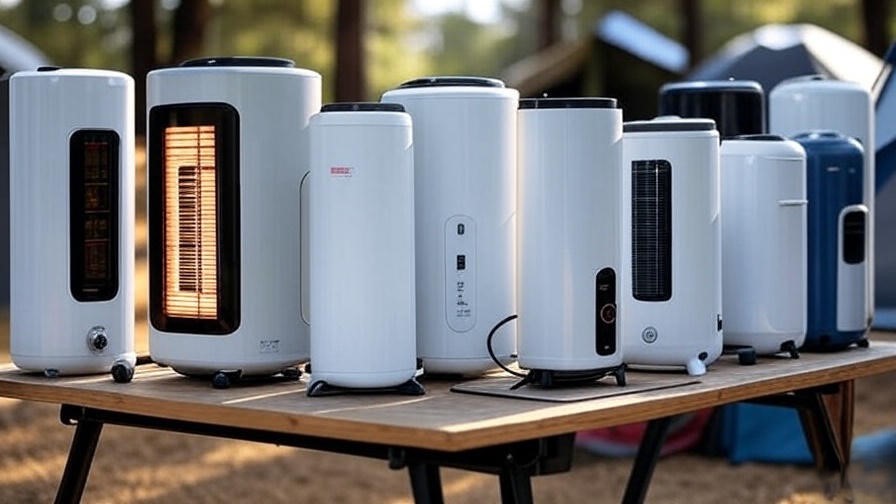
Safety Note: For propane heaters, ensure proper ventilation to prevent carbon monoxide buildup. Never use gas-powered units indoors without adequate airflow.
Maintenance Best Practices
Regular maintenance extends the lifespan of your portable water heater:
- Cleaning: Rinse the unit after use to remove dirt or debris. For tankless models, flush the system with a vinegar solution every 3–6 months to prevent mineral buildup.
- Descaling: Hard water can cause limescale deposits. Use a descaling kit or a 1:1 water-vinegar mix to clean the heating element.
- Storage: Drain the unit completely before storing to prevent mold or corrosion. Store in a dry, cool place, ideally in a protective case.
- Troubleshooting: If you experience low flow or inconsistent heating, check for clogged filters, low fuel, or insufficient power supply.
Safety Considerations
Portable water heaters are safe when used correctly, but precautions are essential:
- Gas Models: Install a carbon monoxide detector nearby and never operate in enclosed spaces without ventilation.
- Electric Models: Use a ground-fault circuit interrupter (GFCI) outlet to prevent electrical hazards, especially in wet environments.
- Temperature Control: Avoid setting temperatures above 120°F to prevent scalding.
- Manufacturer Guidelines: Always follow the user manual for model-specific safety instructions.
Environmental Impact and Energy Efficiency
Eco-Friendly Options
As sustainability becomes a priority, manufacturers are innovating eco-conscious portable water heaters:
- Solar-Powered Models: Units like the Geyser Systems Portable leverage solar energy, reducing reliance on fossil fuels. These are ideal for sunny climates but may require backup batteries for cloudy days.
- Low-Energy Electric Units: Models with high Energy Factor (EF) ratings, such as the Bosch Tronic 3000 (0.98 EF), minimize electricity use.
- Hybrid Systems: Some units combine solar and propane for versatile, low-impact operation.
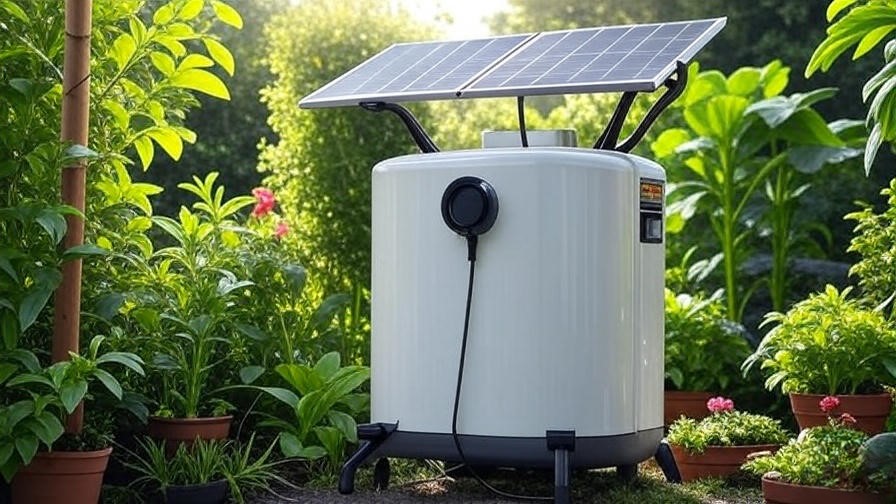
Reducing Your Carbon Footprint
To maximize efficiency and minimize environmental impact:
- Pair with Low-Flow Fixtures: Use low-flow showerheads (1.5–2.0 GPM) to reduce water and energy consumption.
- Insulate Hoses: In cold climates, insulate water hoses to maintain heat and reduce energy loss.
- Time Usage: Heat water only when needed to avoid standby energy loss in tank-based models.
Regulatory Standards
Look for certifications that ensure efficiency and safety:
- Energy Star: Indicates high energy efficiency, found on select electric models like the EcoTemp EL22.
- UL Listings: Verify safety and compliance with electrical or gas standards.
- EPA Guidelines: Ensure propane models meet emissions standards for outdoor use.
Real-World Applications and Case Studies
Camping and RVing
Case Study: The Thompson family, avid RV campers, used the Camplux Pro 10L during a month-long trip across Yellowstone National Park. With no access to campground facilities, they relied on the unit’s 2.6 GPM flow to provide hot showers and dishwashing water for four people. The propane-powered design was easy to set up with a standard 20-lb tank, and its compact size fit neatly in their RV’s storage. Their takeaway? “It transformed our trip—hot water made us feel at home, even in the wilderness.”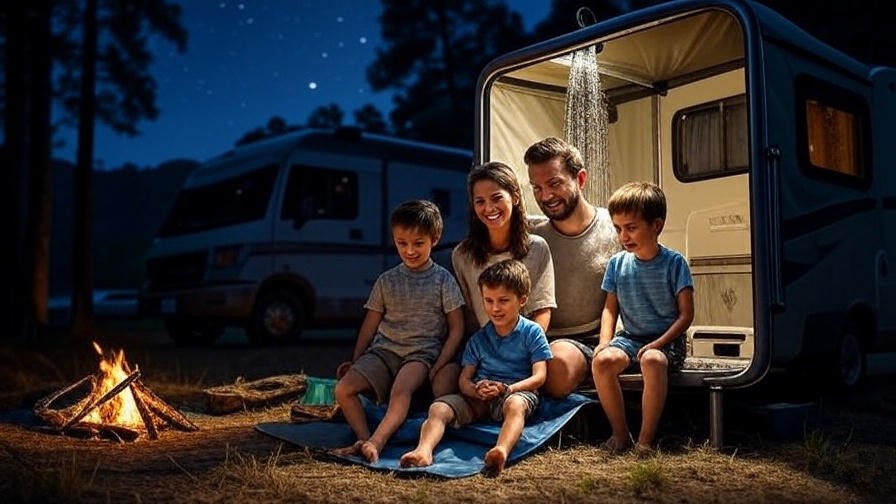
Key Lesson: Choose a model with sufficient GPM for group needs and ensure a reliable fuel supply.
Off-Grid Living
Case Study: Sarah Nguyen, a tiny home owner in rural Oregon, integrated the Geyser Systems Portable into her solar-powered setup. With a 0.8 GPM flow rate, it provided enough hot water for daily showers and cooking. The solar compatibility reduced her reliance on propane, aligning with her eco-friendly lifestyle. Challenges included slower heating on overcast days, which she mitigated with a backup battery pack.
Key Lesson: Solar-powered heaters are viable for off-grid use but require planning for consistent energy input.
Emergency Preparedness
Case Study: During a 2024 hurricane relief effort in Florida, a nonprofit used the Hike Crew 5L to provide hot water for hygiene stations. Its 5-gallon tank ensured steady supply during power outages, and the propane system was easy to deploy in temporary shelters. Volunteers noted its durability and ease of use under demanding conditions.
Key Lesson: Tank-based models excel in emergencies where consistent hot water is critical for large groups.
FAQs About Portable Water Heaters
Q1: How much water can a portable water heater heat at once?
A: Tankless models provide continuous hot water at 0.5–4.5 GPM, depending on the unit. Tank-based models store 1–6 gallons, ideal for intermittent use.
Q2: Are portable water heaters safe for indoor use?
A: Electric models are generally safe indoors with proper outlets. Propane models require ventilation to prevent carbon monoxide risks—use outdoors or in well-ventilated areas.
Q3: What’s the difference between tankless and tank-based models?
A: Tankless heaters provide on-demand hot water but need a constant power source. Tank-based units store preheated water but are bulkier and limited by capacity.
Q4: Can I use a portable water heater in freezing temperatures?
A: Yes, but choose models with freeze protection (e.g., Camplux Pro 10L) and insulate hoses to prevent freezing.
Q5: How do I maintain my portable water heater for long-term use?
A: Regularly flush with a vinegar solution to remove scale, clean filters, and store in a dry place to prevent corrosion.
Future Trends in Portable Water Heating
Innovations to Watch
The portable water heater market is evolving rapidly:
- Smart Controls: Models like the Takagi T-KJr2 offer IoT integration for remote temperature adjustments via smartphone apps.
- Hybrid Systems: Combining solar, battery, and propane for maximum flexibility.
- Compact Designs: Advances in micro-heating elements are reducing unit sizes without sacrificing performance.
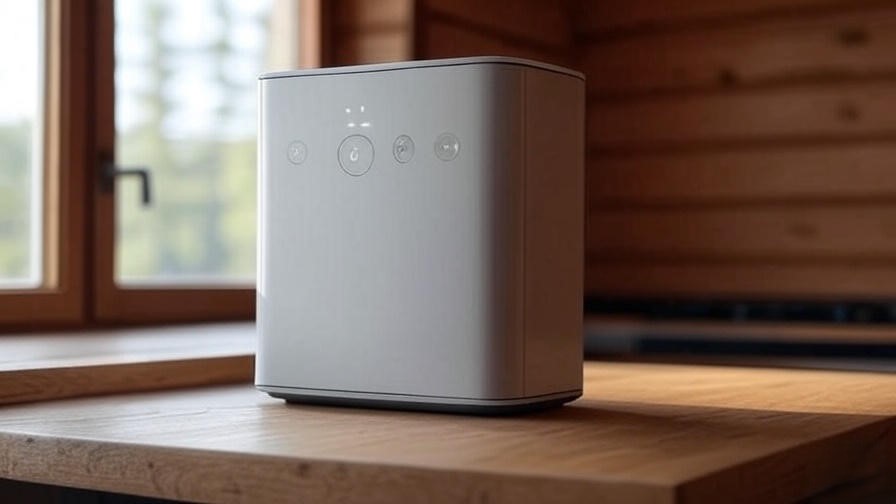
Market Growth
According to a 2025 industry report by Market Research Future, the portable water heater market is projected to grow at a 6.8% CAGR through 2030, driven by demand for off-grid solutions and outdoor recreation. North America leads due to its strong camping and RV culture.
Sustainability Focus
Manufacturers are prioritizing eco-friendly materials, such as recyclable casings and lead-free components. Solar-powered models are gaining traction, with companies like Geyser Systems leading the charge in sustainable designs.
Conclusion
Portable water heaters are more than just a convenience—they’re a lifeline for hot water in remote, off-grid, or emergency settings. From the high-powered EcoTemp EL22 to the eco-friendly Geyser Systems Portable, our top 10 list for 2025 offers solutions for every need, whether you’re camping, living in a tiny home, or preparing for the unexpected. By assessing your water needs, power availability, and budget, you can find the perfect model to keep you warm and comfortable. Explore these options, prioritize energy efficiency, and invest in a portable water heater to elevate your lifestyle. Have a favorite model or tip? Share your experience in the comments or on social media!

